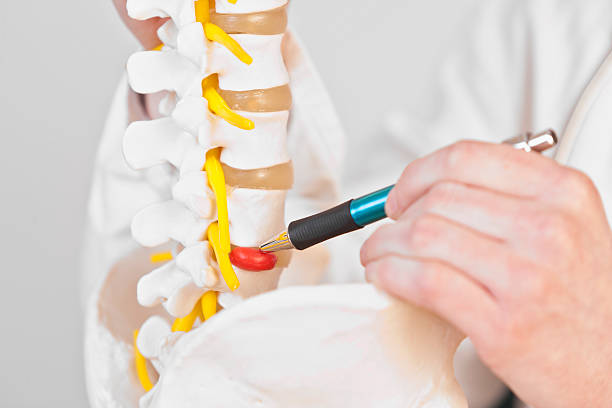Disc Replacement ( Cervical /Lumber) in India starts from $5000. The total cost of the treatment depends on the diagnosis and facilities opted by the patient.
The spinal cord is a linear arrangement of many small bones known as vertebrae. These vertebrae consist of spaces between them known as intervertebral spaces. They are filled with cartilaginous structures that provide a cushioning effect to the vertebrae and support the movement of the spine. These cartilaginous structures are called Intervertebral discs.
Any pathology of the intervertebral discs such as disc herniation (slipping of the disc from between the vertebrae), ruptured disc, or degenerative disc disease may cause severe back pain due to nerve impingement, indicating the need for either partial or total disc replacement. In partial disc replacement surgery, only a portion of the cartilaginous disc is replaced by the artificial disc, while the total disc is replaced in the total disc replacement surgery.
Cervical disc degeneration and disc rupture may cause chronic neck pain radiating towards the arm. Thoracic disc degeneration may cause chronic upper/ mid back pain while lumbar disc degeneration may cause chronic lower back pain.
Conditions that indicate the need for a disc replacement surgery:
- Discitis (Inflammation of the intervertebral disc)
- Scoliosis (abnormal spinal curve laterally)
- Herniated disc in back (slipping of the cartilaginous disc into surrounding tissue)
- Disc degeneration and disc rupture (infection of the intervertebral disc causing its degeneration.






